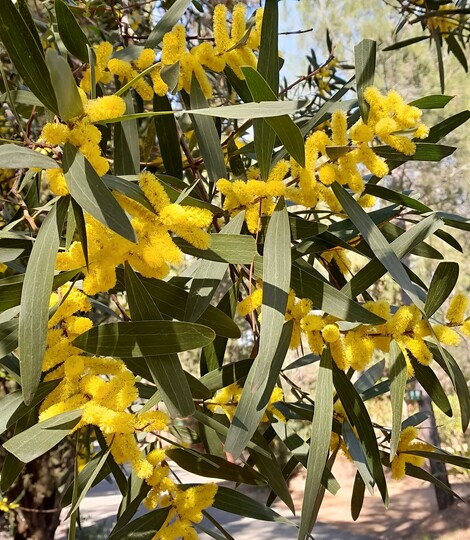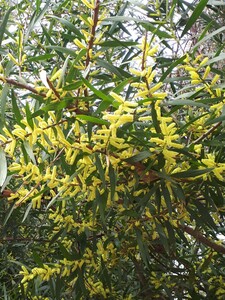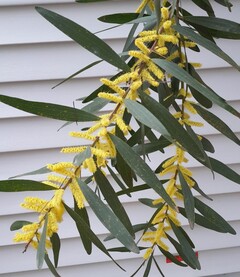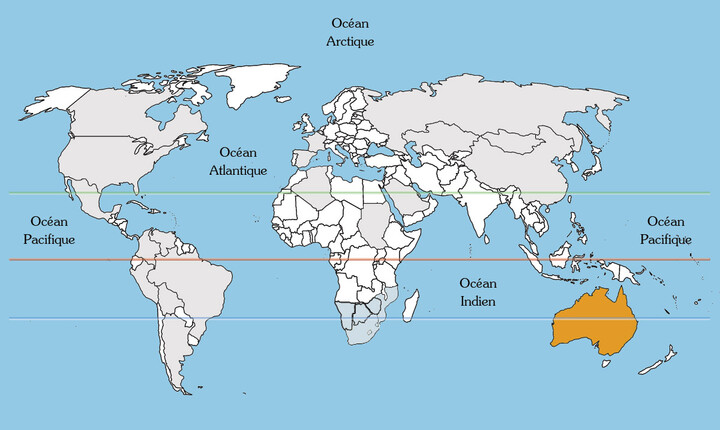Sydney golden wattle
Presentation
A dazzling yellow beauty with exotic origins
Acacia longifolia, commonly known as Sydney golden wattle, is a plant species native to Australia, reputed for its bright yellow flowers and rapid growth. This plant, now grown in many regions of the world for its ornamental qualities, has adapted well to a variety of climates and has even become invasive in certain areas.
You will find it at our four-star campsite Les Jardins de La Pascalinette ® of course, but also in the Maures Hills where it is considered as invasive.
Its French name “caterpillar mimosa” is owed to the characteristic shape of its clustered blooms, reminiscent of fluffy caterpillars and unlike the typical little yellow balls of its better-known relative.
Its bright flowers add a dash of colour to its favourite landscapes, creating striking carpets of yellow on the Côte d’Azur and in Nos Coins de Paradis ® (Our Corners of Paradise), where it is particularly at home.
A genuine ray of winter sunshine
In Australia, the Sydney golden wattle plays a crucial role in stabilizing coastal sand dunes. Its deep roots help prevent soil erosion and offer vital protection to fragile coastal ecosystems.
It is also used in cooking (we eat its flowers, seeds and pods) and to manufacture dyes, particularly for tanning sheepskins.
Introduced into Europe in the 19th century for ornamental purposes, the Sydney golden wattle soon adapted to its new homes, in particular along Mediterranean shores. Its spectacular blooms mark the end of winter and swathe the landscape in a magnificent, bright yellow coat. It is celebrated every year in a Var area village located a stone’s throw from the campsite: Bormes les Mimosas of course!
Identity
| Latin name : | Acacia longifolia |
|---|---|
| Family : | Fabaceae |
| Genus : | Acacia |
| Species : | Longifolia |
| Color : | Green foliage / bright yellow flowers |
| Origin : | Australia |
| Foliage : | Evergreen |
| Port : | Weeping |
| Height : | 4 m |
| Flowering : | Late winter, early spring |
| Location : | Allée du Fillon, Villa des Copains ® |
Did you know?
Forest fires encourage its seeds to germinate, making it an invasive species in the Var area.





